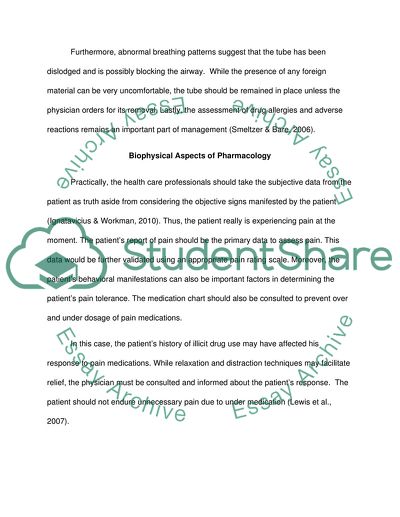Cite this document
(“Biophysical Aspects of Pharmacology Essay Example | Topics and Well Written Essays - 1000 words”, n.d.)
Biophysical Aspects of Pharmacology Essay Example | Topics and Well Written Essays - 1000 words. Retrieved from https://studentshare.org/nursing/1586778-pharm-case-study
Biophysical Aspects of Pharmacology Essay Example | Topics and Well Written Essays - 1000 words. Retrieved from https://studentshare.org/nursing/1586778-pharm-case-study
(Biophysical Aspects of Pharmacology Essay Example | Topics and Well Written Essays - 1000 Words)
Biophysical Aspects of Pharmacology Essay Example | Topics and Well Written Essays - 1000 Words. https://studentshare.org/nursing/1586778-pharm-case-study.
Biophysical Aspects of Pharmacology Essay Example | Topics and Well Written Essays - 1000 Words. https://studentshare.org/nursing/1586778-pharm-case-study.
“Biophysical Aspects of Pharmacology Essay Example | Topics and Well Written Essays - 1000 Words”, n.d. https://studentshare.org/nursing/1586778-pharm-case-study.


